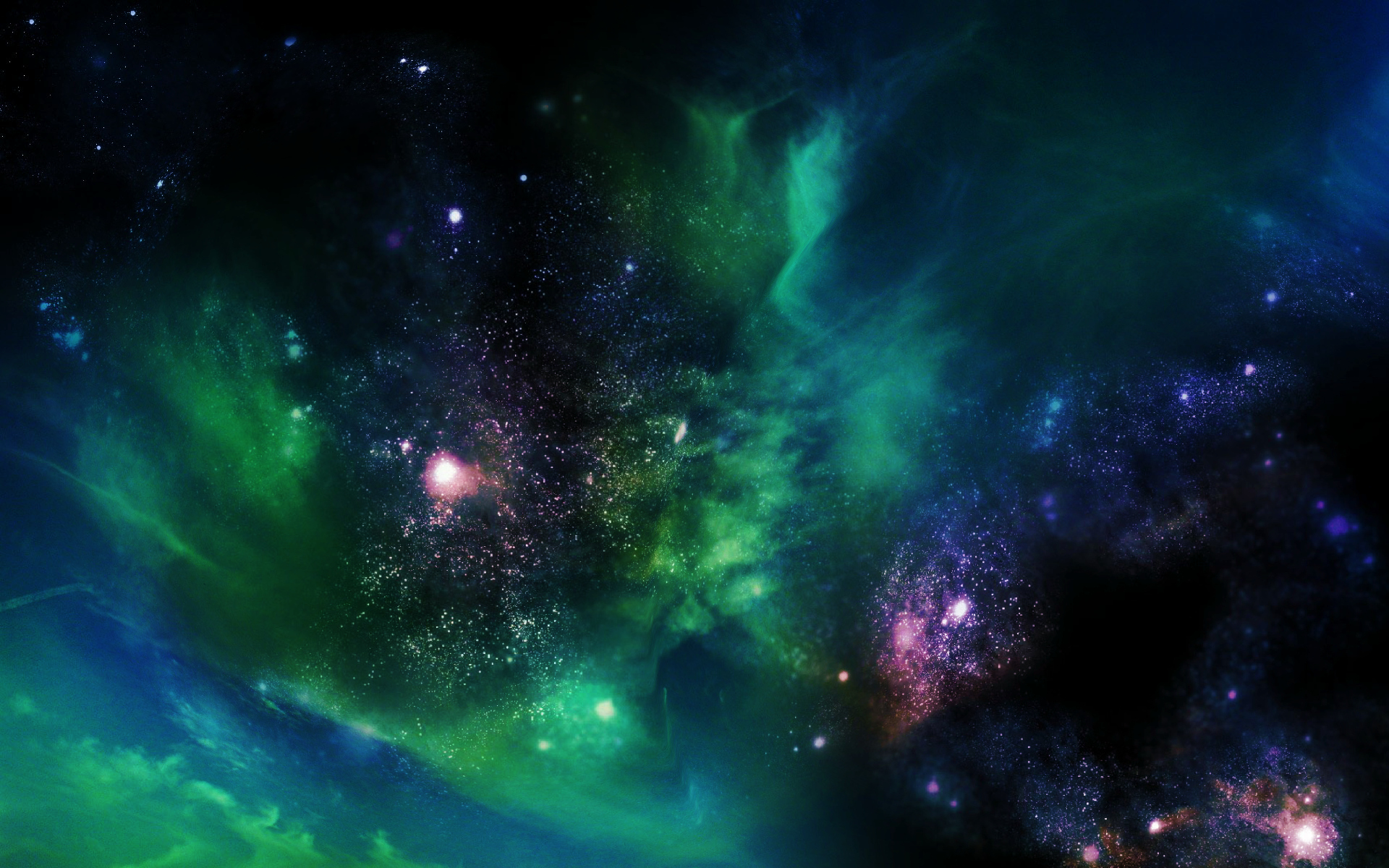
Astronomers detected the most distant galactic magnetic field so far. The galaxy is called 9io9. Its light has to travel travel more than 11 billion years to reach us, from a time when the universe was a young 2.5 billion years old.

By using the Very Large Telescope and the Atacama Large Millimeter/submillimeter Array, astronomers have identified clumps in the thick material around a star named V960 Mon that could gravitationally collapse to form the seeds of planets like Jupiter.

Astronomers using the Atacama Large Millimeter Array (ALMA) have spotted presence of a disc around a Jupiter-like exoplanet 400 light years away that could provide the raw material for up to three satellites the size of Earth’s Moon.

Previous research has shown that Io's atmosphere is dominated by sulfur dioxide gas. Now, astronomers could, for the first time, clearly see the plumes of sulfur dioxide (SO2) and sulfur monoxide (SO) rise up from the volcanoes.

A new study by an international team of astronomers has discovered the presence of organic molecules in the disk of a young star V883 Ori, located about 1300 light-years away from the Earth.

Astronomers using ALMA, have found the fingerprints of sodium chloride – table salt – in a ring of dusty debris around a massive young star 1,500 light years away that formed in the Orion Molecular Cloud Complex.

ALMA data show the most luminous galaxy in the universe has been caught in the act of stripping away nearly half the mass from at least three of its smaller neighbors.

Astronomers have discovered 4 very large gas planets orbiting a young star only 2 million years old. Looks like we need a new model of planetary formation.

Two independent teams of astronomers have used ALMA to uncover convincing evidence that three young planets are in orbit around the infant star HD 163296.

Astronomers have discovered that both starburst galaxies in the early Universe and a star-forming region in a nearby galaxy contain a much higher proportion of massive stars than is found in more peaceful galaxies.

Astronomers have observed a galaxy 13.3 billion light years away that includes stars that must have been shining just 250 million years after the Big Bang.

New ALMA telescope observations have uncovered the surprisingly clear chemical "fingerprints" of the complex organic molecules methanol, dimethyl ether, and methyl formate.

The ALMA Observatory in Chile has detected dust around the closest star to the Solar System, Proxima Centauri. The data may indicate the presence of an elaborate planetary system.

The researchers have produced an intricate 3D rendering of newly formed molecules inside the supernova remnant using ALMA telescope.

Recently, the Atacama Large Millimeter Array gave us an amazing view of Betelgeuse, - the star that is destined to go supernova at anytime in the next few thousand years or so.